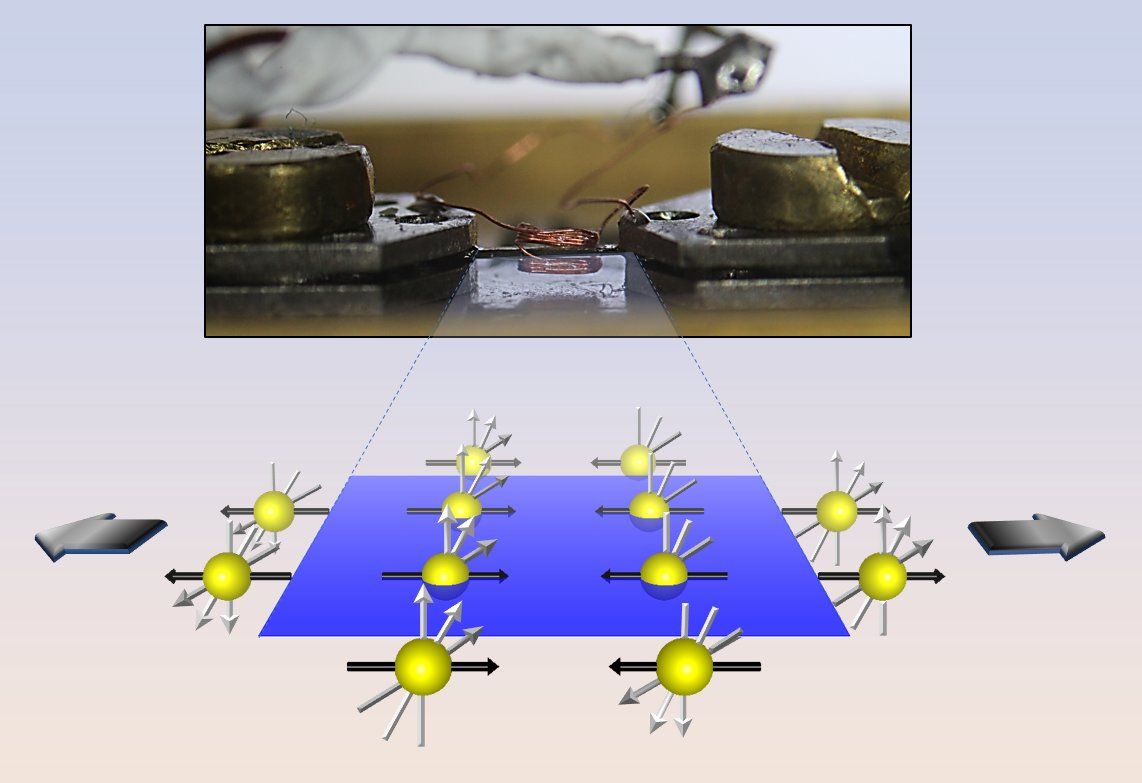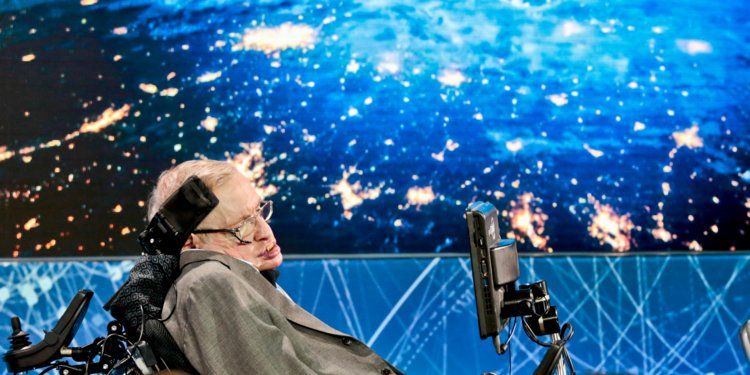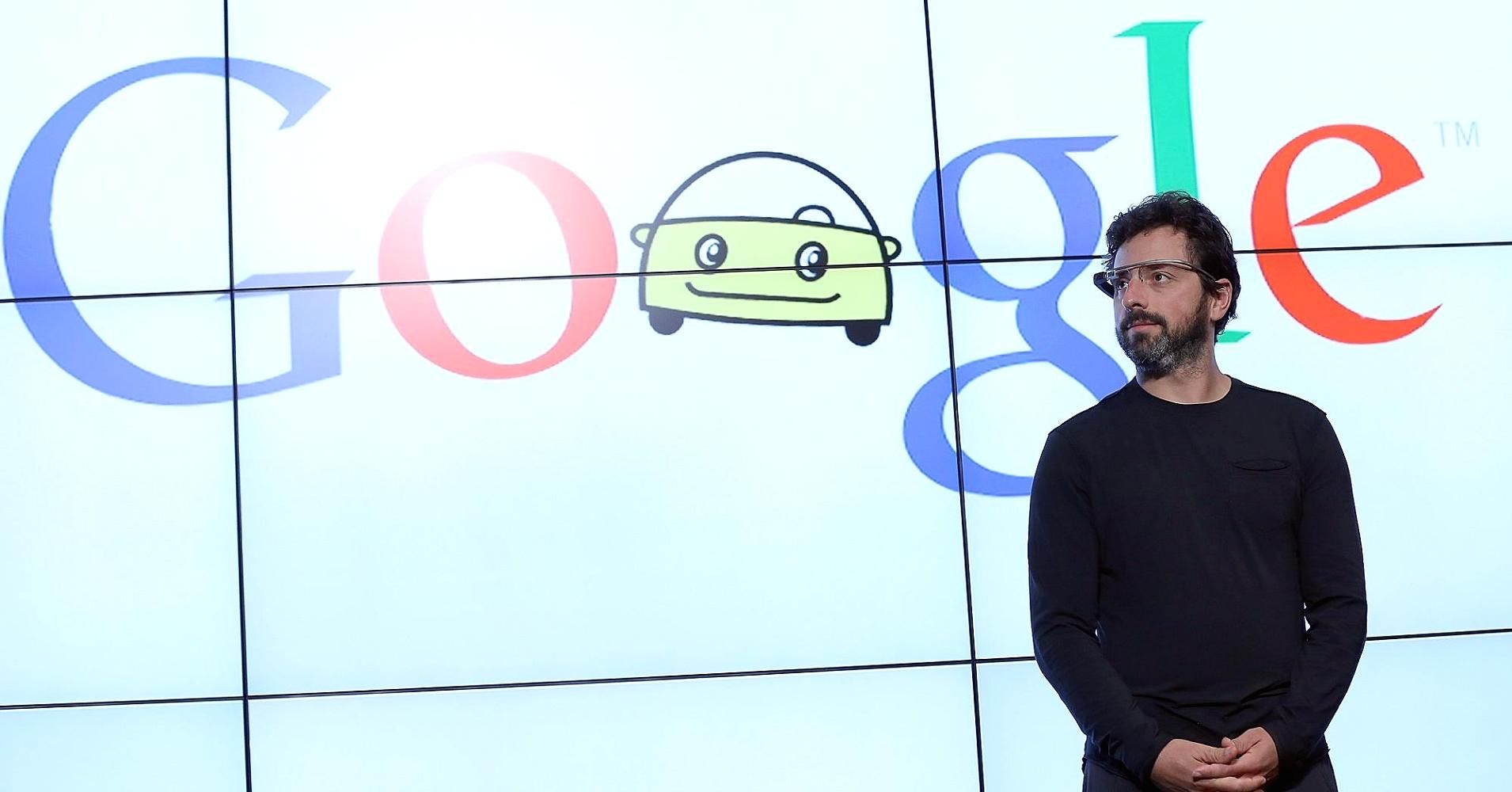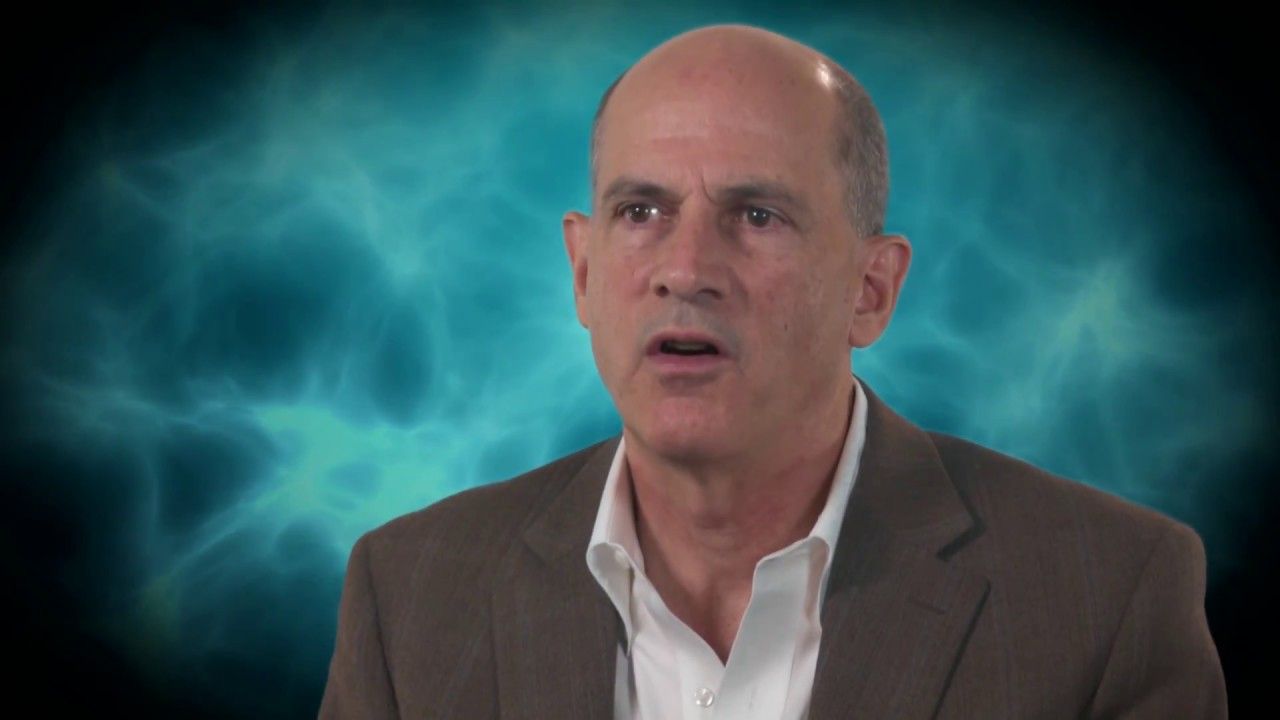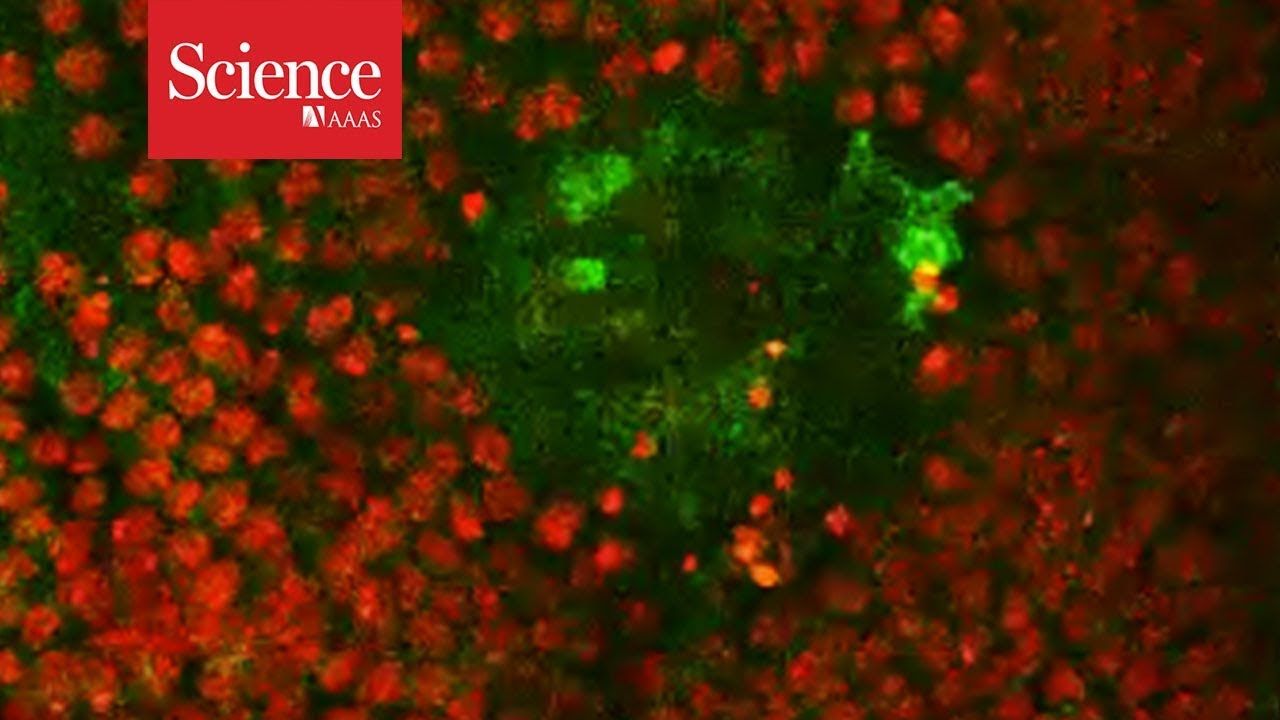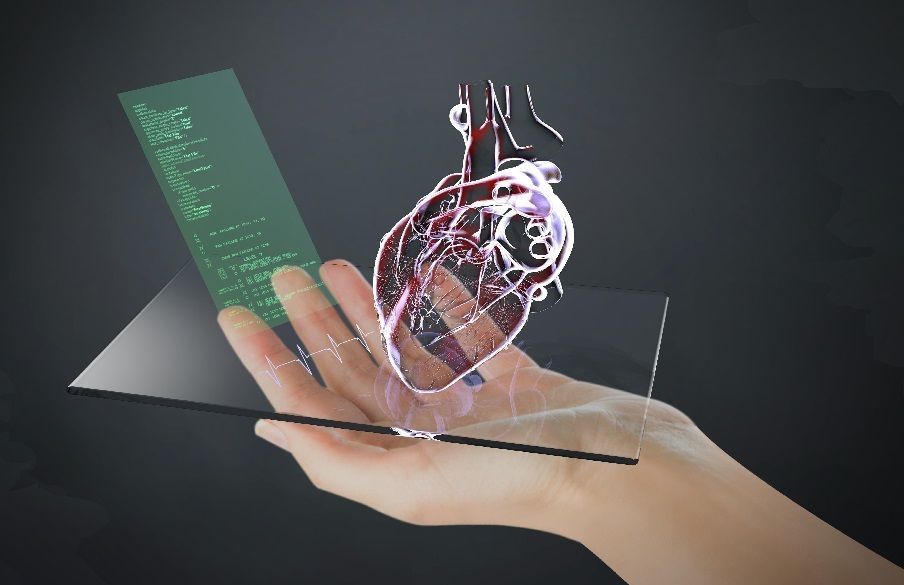Mar 18, 2018
Piezomagnetic material changes magnetic properties when stretched
Posted by Genevieve Klien in categories: materials, physics
Piezoelectric materials, which generate an electric current when compressed or stretched, are familiar and widely used: think of lighters that spark when you press a switch, but also microphones, sensors, motors and all kinds of other devices. Now a group of physicists has found a material with a similar property, but for magnetism. This “piezomagnetic” material changes its magnetic properties when put under mechanical strain.
“Piezomagnetic materials are rarely found in nature, as far as I’m aware,” said Nicholas Curro, professor of physics at UC Davis and senior author of a paper on the discovery published March 13 in the journal Nature Communications.
Curro and colleagues were studying a barium-iron-arsenic compound, BaFe2As2, that can act as a superconductor at temperatures of about 25 Kelvin when doped with small amounts of other elements. This type of iron-based superconductor is interesting because although it has to be kept pretty cold to work, it could be stretched into wires or cables.
Continue reading “Piezomagnetic material changes magnetic properties when stretched” »
